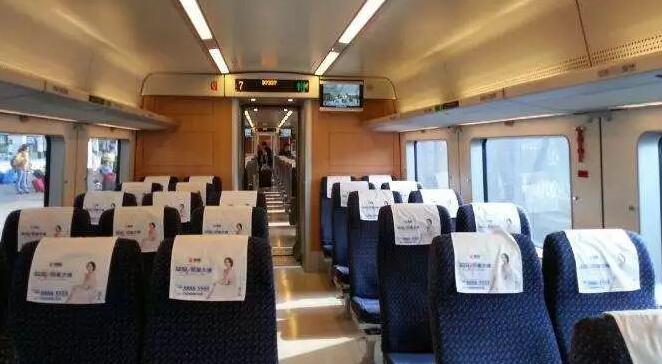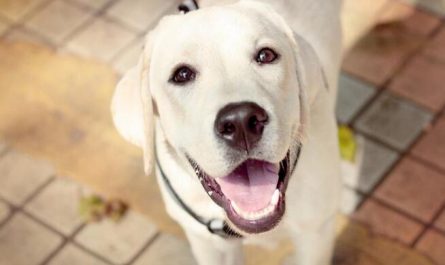You need to wear a seat belt to drive a car, and people who fly in a plane also need to wear a seat belt. Then why is there no one wearing a seat belt when we take the high-speed train?
Maybe everyone is not aware of this problem. After the birth of the high-speed rail, the choice of seat belts has undergone “evolutionary” choices.
When the high-speed train starts, whether you are chatting with friends or swiping your phone, if the scenery and light outside the window change rapidly, you may not realize that the train has already started.
EMU trains are firmly controlled by two steel rails
The high-speed rail is subject to two tracks, which prevents it from driving to other places. Of course, it is precisely because of these two tracks that the safety of the high-speed rail is guaranteed.
First of all, the high-speed rail has very strict control in terms of acceleration, which can ensure the smooth operation of the high-speed rail; on the other hand, the ballastless track strictly controls the smoothness of the track, with few bends and large bend radius, ensuring that the train will not have a large lateral And vertical vibration.
Therefore, as long as there are no special circumstances, passengers taking high-speed rail do not need to fix themselves on the moving train. They can walk freely on it and do not need seat belts.
Seat belts are fatal
The European Commission for Railway Safety and Standards has found through a large number of investigations that in the event of a train accident, people are more likely to be injured when they are tied to the seat, mainly because they are more likely to be injured by the collapse of the carriage structure because they cannot effectively avoid it. . If you have a seat belt, in the event of a high-speed rail accident, you may be secured from flying out of the car, but you are more likely to be secured to the seat and lose the opportunity to escape.
“Anti-collision” seats are safer than seat belts
Due to the characteristics of the high-speed rail itself, compared to the configuration of seat belts, improved seat design can effectively ensure the safety of passengers in the event of a train accident. At present, high-speed trains in the world generally use “anti-collision” safety seats, which are designed to ensure that when the head or knee of the rear passenger hits the front seat back, it will collapse and deform in time to prevent the passenger from getting stuck.
Although safety seats are also used on airplanes, the main function of seat belts on airplanes is to prevent turbulence from causing damage to passengers. When taking off and landing, the acceleration changes of the aircraft will cause people to passively move forward and backward. If there is no safety belt protection at this time, the people on the aircraft are likely to be thrown to the top of the cabin.
The main purpose of installing a seat belt on the car is to prevent the human body from being injured by the secondary collision. When a car crashes or encounters an accidental emergency braking, it will produce huge inertial force, causing the driver and passengers to collide with the steering wheel, windshield glass, seat back and other objects. The huge force will make the driver fly directly. Get out of the car. So this is why there are seat belts on airplanes and cars, but not on high-speed rail.






